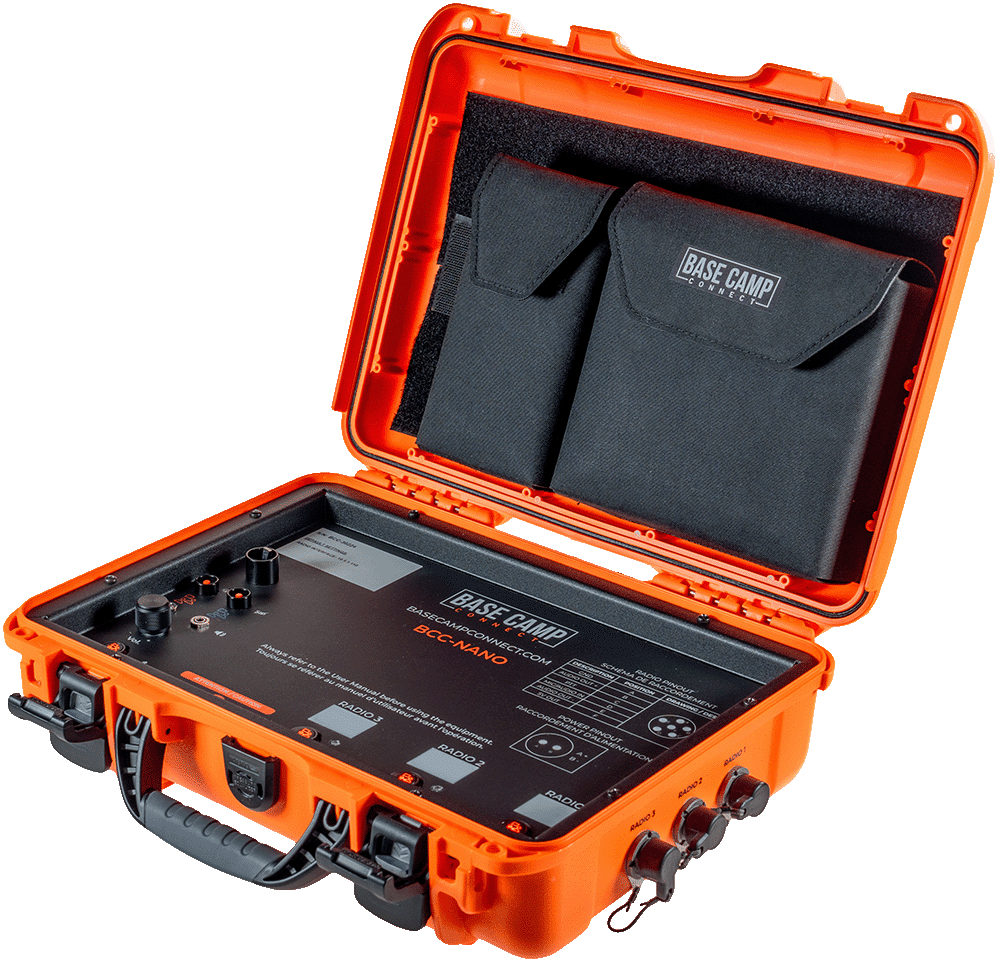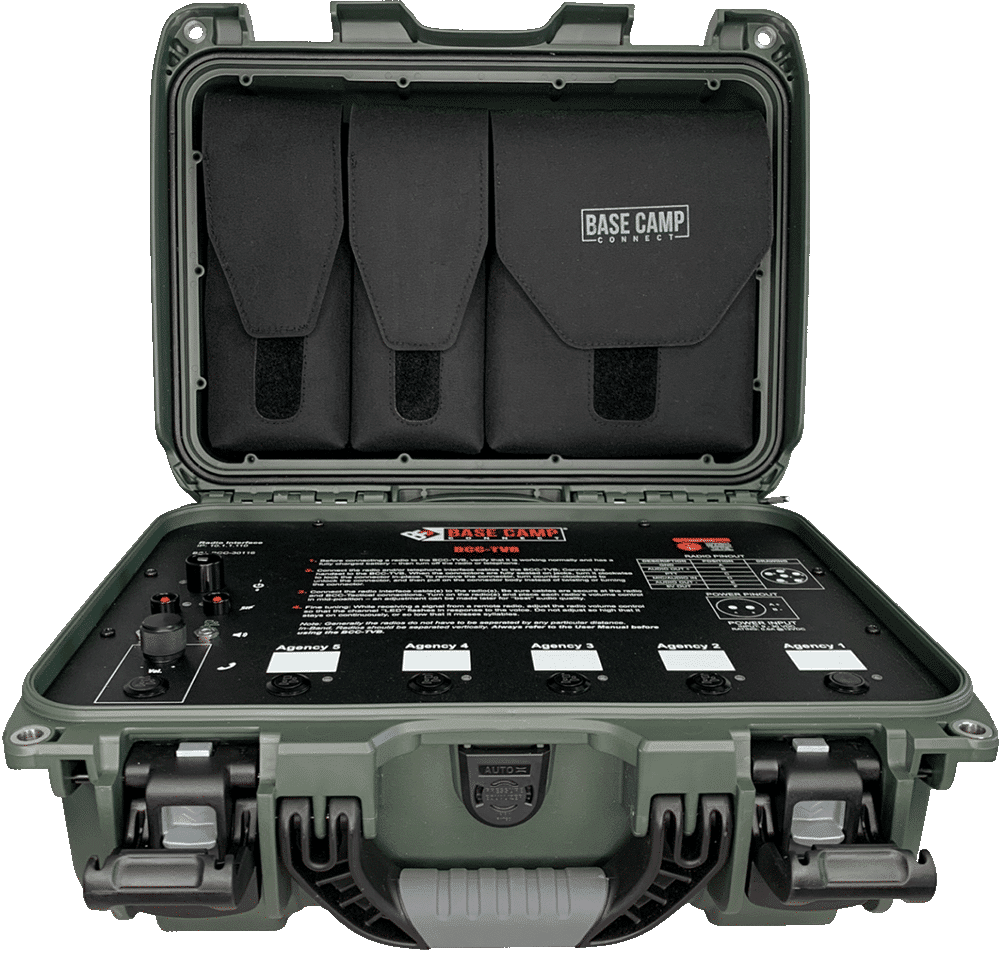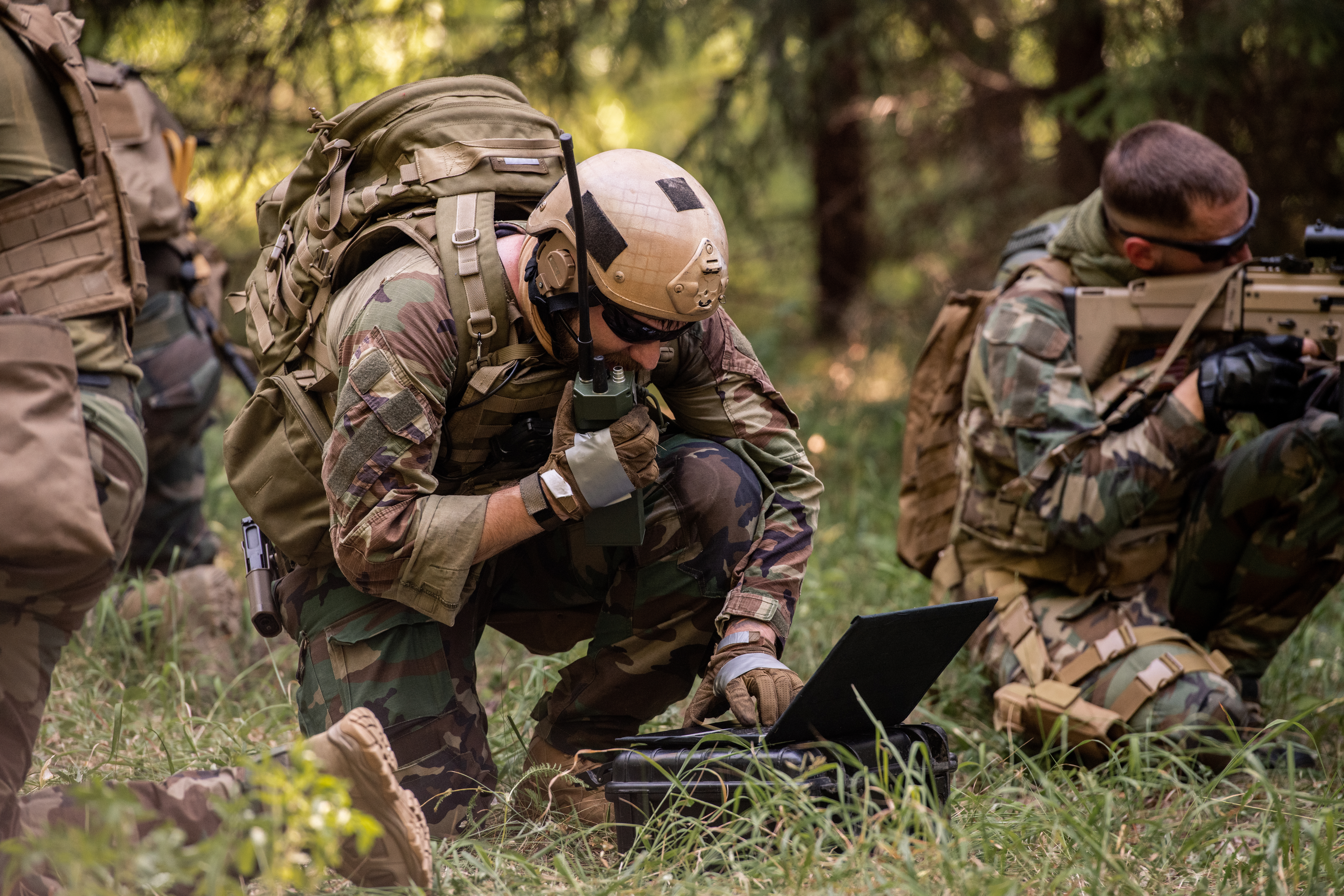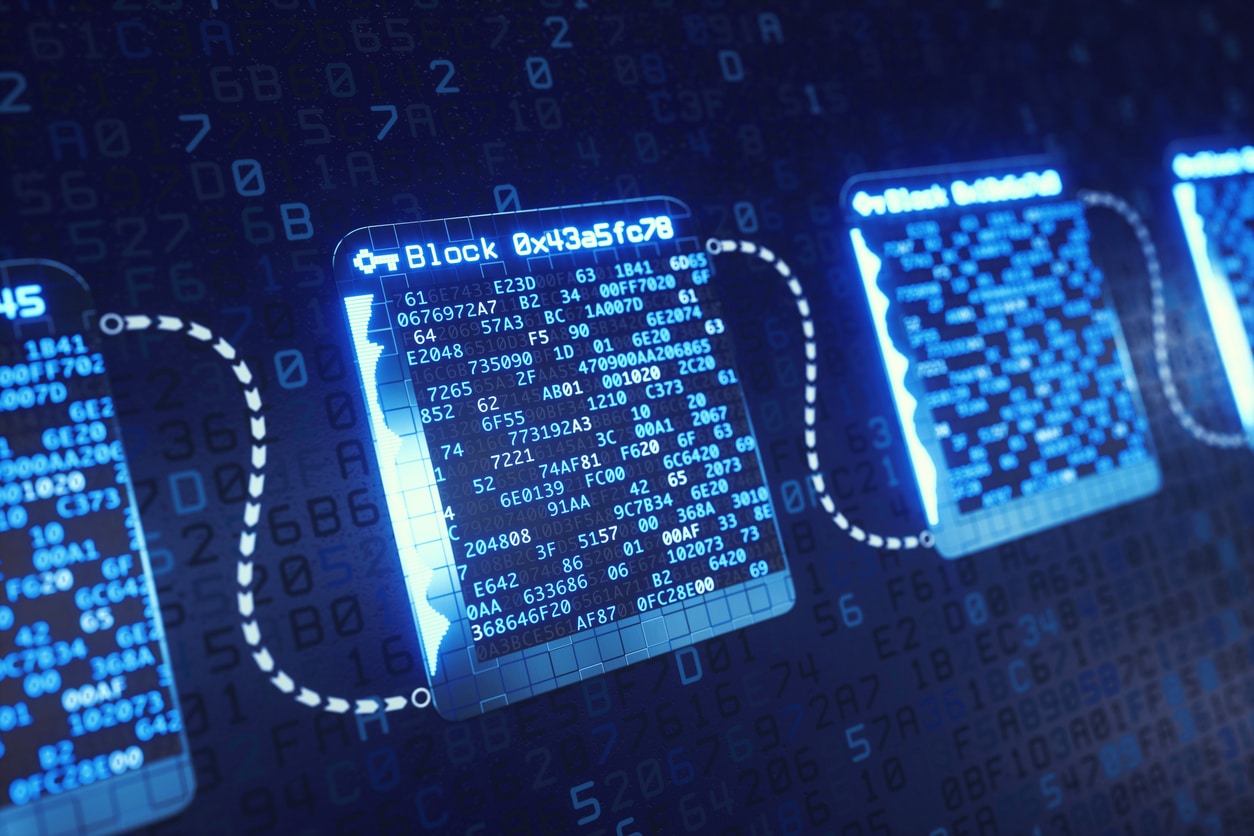The world runs on digital communications. It would be difficult to enjoy the modern conveniences of everyday life without the availability and reliability of digital communication networks. Having secure digital communications is essential for our daily life. Even more important than providing access to our daily comforts is the wide range of government and military operations dependent on digital communications.
Data between various government agencies and military forces is constantly being shared around the world. The interconnectivity of these varying groups is an essential component of national security, providing public services and allowing for first responders to address incidents ranging from speeding tickets to natural disasters.
While there are many great benefits to digital communications, the increased reliance on these assets makes them a target for criminals, terrorists, and other adversaries. Cyberattacks and data breaches are becoming all too common. As a result, governments and the various agencies within them must look to embrace technology that can protect these networks from attack.
Enter blockchain technology. This relatively new innovation may be the key to secure communications. Blockchain technology is much more than cryptocurrencies, and both the government and the military are looking at how it can help protect digital communications. In this article, we will explore what blockchain technology is, how it works, and how it can enable more secure data transmission between multiple agencies.
What is Blockchain Technology?
Before we get into how blockchain technology can improve the security of digital communications, it is important to understand what exactly it is. Essentially, blockchains are digital ledgers that record transactions or data transfer between a network of computers called nodes. Before data can be added to the blockchain, the nodes verify the accuracy of the data coming from each computer. If the data is verified, it is stored in blocks. Blocks are then linked, or chained, together in chronological order, becoming a blockchain. This record cannot be altered thus blockchains are permanent records.
Cryptocurrencies, like Bitcoin, get most of the press related to blockchains, but the technology can be used for much more than just cryptocurrencies. A wide range of industries, including the government, defence, healthcare, finance, and more, are taking a serious look at how they can benefit from blockchain technology.
How Blockchains Work
The best way to further illustrate how blockchains work is with a short example. Let’s say you decide to put $100 dollars in the bank. When you deposit your money, the teller pulls out an old ledger book and makes a record that you gave the bank $100. Later that day, you realize that the paper ledger is the only proof you put $100 in your account. This is a single failure point that could cause a problem. If the teller decided to alter the ledger, they could take your money, leaving you no way of proving you had money in the bank.
If this same situation were on a blockchain, it would be as if the moment the teller wrote in the ledger, there were millions of other ledger books around the world operating independently that also recorded your deposit. In this case, if the teller decided to alter the ledger, it would be the teller’s single ledger against millions of others, and you would have an enormous amount of proof that you deposited $100. You would get your money, and the teller would be fired.
Because data is stored in a decentralized manner, blockchains are extremely difficult to hack. Cyber criminals would need to gain control of the majority of nodes in a system to be successful, essentially an impossible task. Additionally, as each new blocks are added to the chain, they are also encrypted, adding an additional security layer.
How Blockchain Can Enable More Secure Data Transmission
Now that we understand what blockchain technology is and how it works, you can probably already see why government agencies and the military are interested in using it to make their communication networks more secure. The five features of blockchains listed below are the primary arguments you see for adopting the technology.
- Decentralization: Just like we discussed in our example of the unscrupulous bank teller, decentralization is a hallmark of blockchains. Single failure points are eliminated from the system as data is stored across multiple nodes. If one node is attacked or even destroyed, the network continues to operate securely.
- Encryption: Since each block is encrypted using advanced cryptographic techniques, it is almost impossible for terrorists, criminals, or adversarial forces to read or alter the data on the network. This means only authorized parties can access the information being transmitted.
- Transparency and Immutability: The fact that data added to the chain cannot be altered or removed provides a level of transparency that allows users to track the flow of data in real time. This makes it very easy for authorized users to detect anyone trying to access data without authorization.
- Smart Contracts: Smart contracts operate in a manner similar to legal contracts, but the terms of the agreement are written directly into the code of the blockchain. This feature makes accessing data easy for anyone who has the authority to do so but blocks those who do not.
- Resilience to Cyberattacks: Finally, for all the reasons stated above, blockchains are much more difficult for hackers to access. This is especially important when the data concerns national security issues or other sensitive matters.
Real-World Applications of Blockchain in Government and Military Communication
You might be surprised to know that several government agencies are already using blockchain technology. These entities recognize the benefits of blockchains and are using them to improve their communication networks. Others can significantly improve the security of their communications networks once blockchains are implemented.
- The United States Department of Defense (DoD): The DoD continues to be at the forefront of blockchain research and innovation. In July of 2024, the US Senate Committee on Armed Services even recommended the DoD investigate how blockchain technology could improve national security. One potential case would be to secure the large amounts of data transfer between military branches, especially during combat, through the use of blockchains.
- Supply Chain Management: The movement of troops and equipment on the battlefield requires secure communications networks. Enemy forces would love to have access to information about the supply chain as this information moves between units, military services, and government entities. Blockchains can be used to create detailed records of all supply transactions while keeping the information safe and secure.
- Cybersecurity: Governments around the world are increasingly using blockchain technology to enhance their cybersecurity efforts. By using blockchain to secure sensitive data, government agencies can protect themselves against cyberattacks and ensure that their communication systems remain operational in the event of a cyber breach.
The Future of Blockchain in Government and Military Communication
Blockchain technology has the potential to revolutionize how government and military agencies communicate with each other. Blockchain features such as decentralization, and encryption make it ideal for transmitting sensitive information between the military and various government agencies. As the technology continues to evolve, we will see wider adoption of the blockchain across all public and defense sectors. The technology is the key to a future where data transmissions between government agencies are efficient, transparent, and secure.
Blockchains offer a promising solution to the challenges of secure data transmission in government and military communication systems. By leveraging its unique features, agencies can enhance the security, transparency, and reliability of their communications, ensuring that sensitive information remains protected in an increasingly digital world.




















